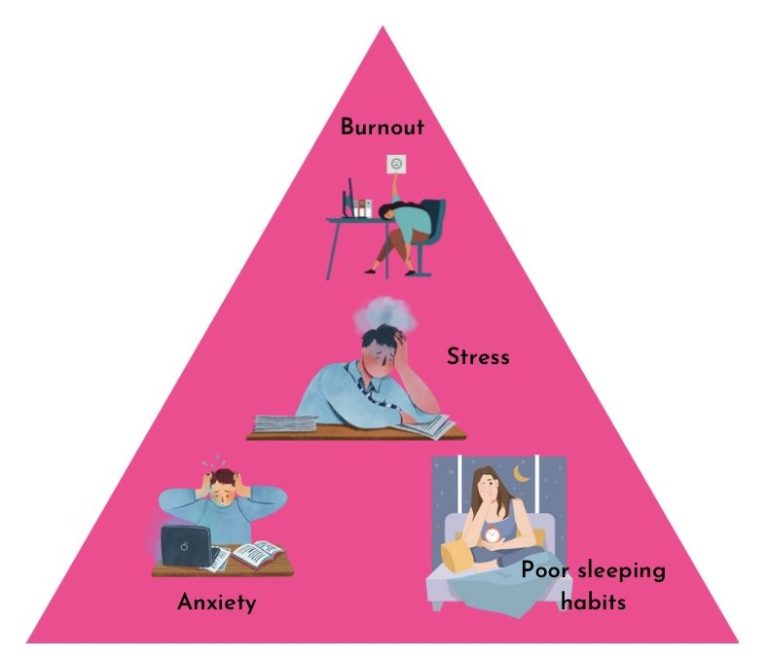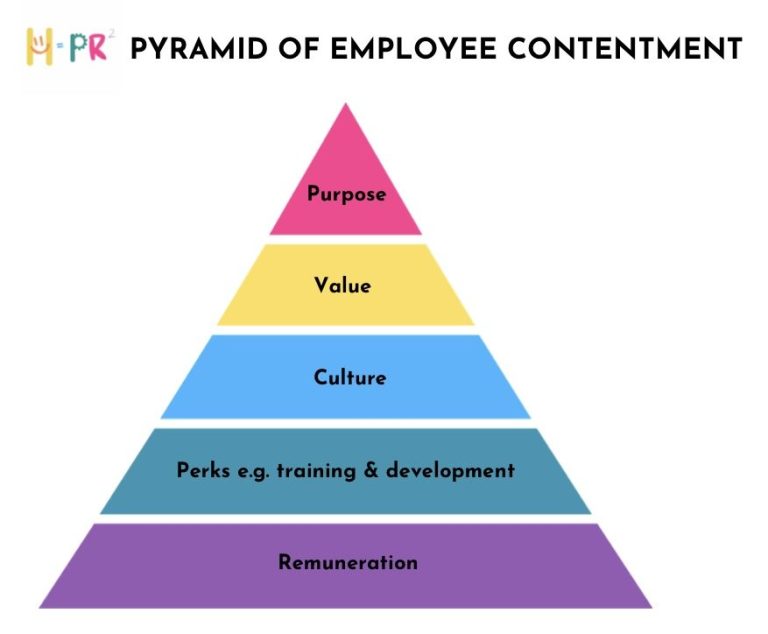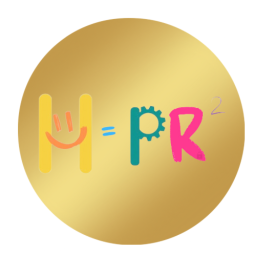Quiet Quitting’ and the ‘Great Resignation’ are both symptoms of a widening public desire to rewrite the rule book and shift to new ways of working (NWOW) which are flexible, empathic and put the well-being of employees first.
For the past century working practices have remained relatively unchanged until the COVID-19 pandemic triggered notable shifts to these traditional work conventions and habits across the UK and globally. It introduced more flexible working patterns and a significant increase in remote working practices via the use of digital
technologies. In parallel to this we see an increasingly common sense approach to work/life balance and the delivery of business objectives is becoming more apparent.
The cost of living crisis and continued rise in UK inflation adds to the slew of external factors that employees have to contend with on a day to day basis. These multitude
of stressors can make prioritising physical and mental health challenging.

In parallel to this there is a growing recognition of the importance of employee well-being and the responsibility that employers have to promote and cultivate a healthy
workplace culture.
Employees from different industries face a myriad of generic and career-specific ‘in-person’ challenges to maintain their well-being and physical health. Generic issues include:
- 25% increase in chronic mental conditions
- 35% men and 42% of women are not active enough for good health
- Job satisfaction drops as the length of commute increases
Career specific issues include:
- Retail: bright lighting, standing for long periods of time
- Manufacturing: repetitive strain injuries, headaches, postural issues
- Knowledge workers: stress, anxiety, burnout




THE PSYCHOLOGY BEHIND OUR SERVICES
Maslow’s Hierarchy of Needs is a famous model for understanding human behaviour, motivation and needs. It has 5 levels starting with psychological needs including food, water and shelter. The middle 3 layers of the Maslow’s hierarchical model then passes
through safety & security, love & belonging and self-esteem before cumulating in self actualisation which is concerned with inner potential, meaning and purpose.
The H=PR2 pyramid of employee contentment is our 21st century evidence based model for understanding employee behaviour, motivation and needs.
The H=PR2 pyramid has five levels which are reflected through the Gold, Silver and Bronze service packages we offer. The H=PR2 Pyramid of Employee Contentment supports business to:
- revolutionise
- modernise
- increase productivity
- improve efficiency
- attract the best talent
- increase workforce retention
- reduce staff turnover
The H=PR2 Pyramid of Employee Contentment supports business to:
- feel valued
- have purpose
- thrive in a culture focused on their
- health and well-being
- feel energised when working
- be empowered
Our pyramid and service packages are researched and peer reviewed to ensure they deliver measurable differences and real results for business and their workforce.
The COVID-19 pandemic, ongoing economic uncertainty and widening social inequalities continue to disrupt all aspects life. Further they impact upon Maslow’s Hierarchy of Needs and in turn the H=PR Pyramid of EmployeeContentment.
Business has had to dramatically shift their benefits strategies to help their organisation to successfully navigate the resulting fundamental and changes to work
culture.
Employees are increasingly experiencing mental health challenges from stress and burnout to anxiety, depression, and substance use. The 2022 State of the Workforce Mental Health survey, revealed that 84% of workers in the said that they’ve experienced at least one mental health challenge over the past 12 months.
This is why the H=PR2 Pyramid of Contentment and our Gold, Silver and Bronze Packages is multidimensional, versatile and designed to deliver tangible results.
